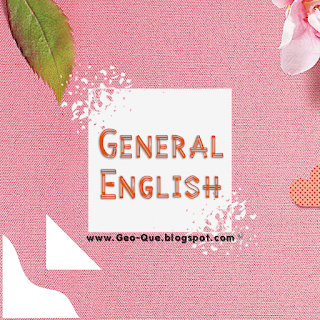Exam Oriented One Liners
For competitive exams we have to learn on daily basis, specially when we talk about General Studies which includes portions from Science, History, Geography, Polity, Computer, etc. As a student, just covering the syllabus is not sufficient for this part. So, we advise to adopt a platform which provide you daily crafted notes in any form. You can also use this platform and visit it on daily basis for updated contents, here we choose " One Liner Method " as we opined most suitable for retaining factual data in long run. Following are list of sections, you can choose according to your choice which section you want to study first; however we update content on daily basis and a tag of "Updated" will be shown with particular updated section for easy navigation. All The Best. History Science (Updated) Geography (Coming Soon) Polity (Coming Soon) Computer (Coming Soon) Economy (Coming Soon) Miscellaneous Static GK (Coming Soon) Exam Oriented One Liners Po...

